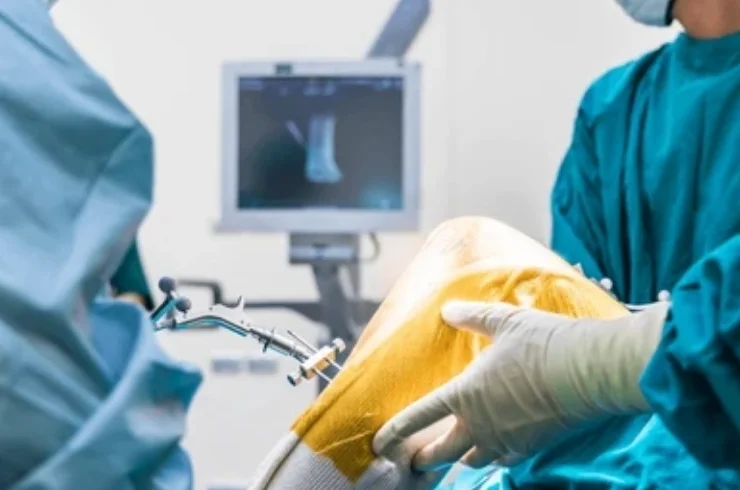HTO & UKA Surgeries: Understanding Key Orthopedic Procedures
High Tibial Osteotomy (HTO) and Unicompartmental Knee Arthroplasty (UKA) are orthopedic surgeries aimed at alleviating pain and restoring function in patients with knee joint issues, particularly osteoarthritis.
HTO involves cutting and reshaping the upper tibia to correct alignment problems, redistributing weight from the affected compartment to a healthier one. It is typically indicated for younger, active patients with early to moderate osteoarthritis.
In contrast, UKA replaces only one damaged compartment of the knee with an artificial implant, preserving natural structures in other compartments and allowing for a quicker recovery.
